AO Edited
Tomb Effigy of T.E. Lawrence
Inside this 11th-century church, a medieval-style tomb of the World War I hero known as "Lawrence of Arabia."
In the Medieval church of St. Martin’s, Wareham, amongst the tombs of crusader knights lies a curious effigy to one of the most enigmatic historical figures and warriors of the 20th century: Thomas Edward Lawrence—perhaps better known as Lawrence of Arabia.
After his service during World War I in the Arab Revolt against Ottoman rule of the Middle East, T.E. Lawrence lived a mostly quiet life at his cottage at Cloud Hills, located near the town of Wareham. He lived there in the 1920s and early 1930s, up until his death in a motorcycle crash in 1935.
Lawrence’s body is buried in the graveyard of St. Nicholas’ Church in Moreton, but another church in the village is home to a stone tomb effigy of Lawrence. The medieval style of this effigy takes inspiration from those created during the 12th century for the tombs of knights (which can be seen in the church)—fitting, considering that Lawrence was both an avid medievalist and a trained archeologist in his life prior to the Arab Revolt.
In the sculpture, Lawrence is portrayed wearing Arab dress robes and a keffiyeh, which he had been encouraged to take up during the war to both survive the harsh desert climate and to integrate culturally. In death, Lawrence holds his curved ceremonial dagger known as a “Jambiya” in Yemen, which he had been presented by one of his friends Sherif Nasir at the ferocious battle of Aqaba when victory against the Ottomans was achieved.
The creator of this monument, Eric Kennington, an artist whose work depicted the daily hardships of soldiers and airmen through paintings, illustrations, and sculptures. Kennington was the art director and illustrator for Lawrence’s Seven Pillars of Wisdom, an autobiographical book chronicling his experiences fighting in the Arab Revolt. A deep friendship developed between the men. When Lawrence died in 1935, Kennington served as a pallbearer at the funeral.
Kennington produced this effigy in the late 1930s as a tribute to the memory of his friend. It was placed within St. Martin’s Church, which stands close to the house where the great man once lived. He also created a bronze bust of Lawrence, which is housed in the crypt of St. Paul’s Cathedral in London.
Know Before You Go
The church is open to the public (and free to enter) on Wednesdays and on weekends.
The tomb effigy of Lawrence can be seen in the North aisle of the church.




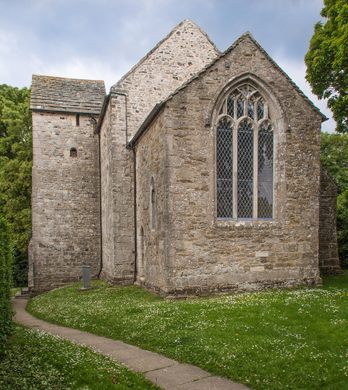
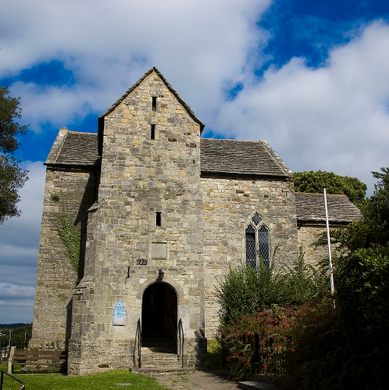
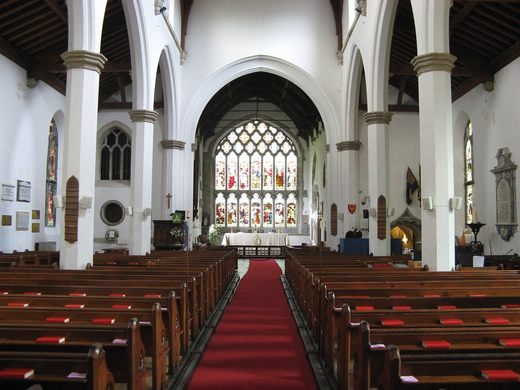
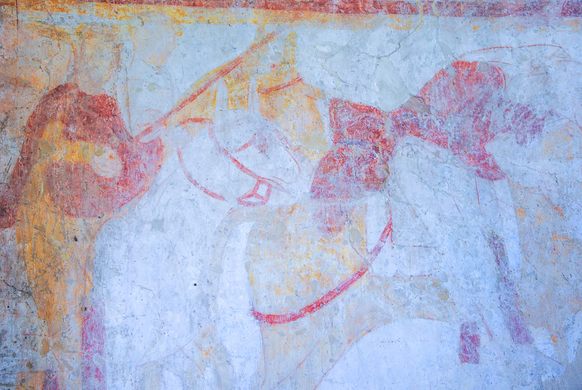



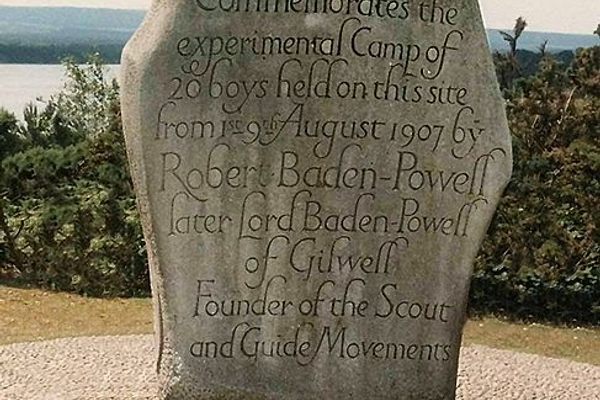
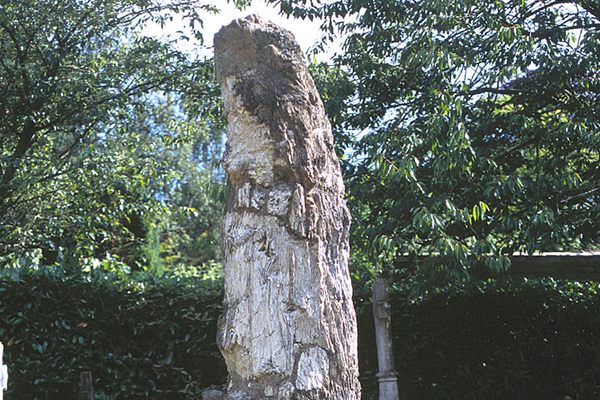



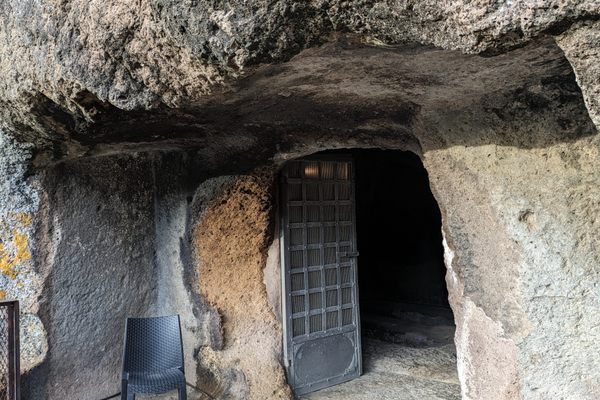
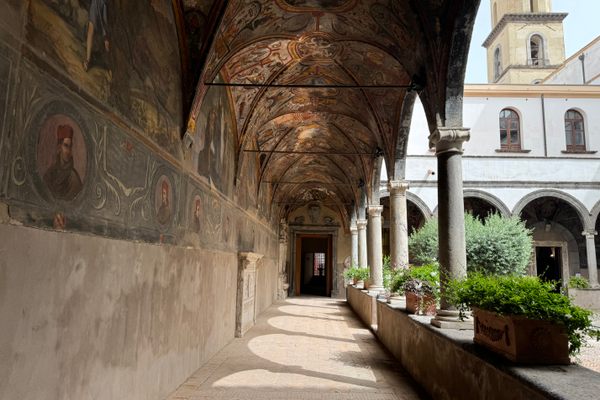

Follow us on Twitter to get the latest on the world's hidden wonders.
Like us on Facebook to get the latest on the world's hidden wonders.
Follow us on Twitter Like us on Facebook